How to Paint Plastic
This post may contain affiliate links. If you purchase through links on our site, we may earn a commission.
Learning how to paint plastic is a game-changer when it comes to revitalizing outdoor toys, furniture, bottles, and even car bumpers! While it can be tricky, you can get a good result painting plastic with these tips and tricks.

Years ago I posted this plastic playhouse transformation (that little guy in the top picture is now almost 9!) and I still get comments and questions about it to this day! Painting plastic used to be hard but with new products and good prep work, you can make sure it turns out nicely, not like the table below.
Looking to paint fabric? It IS possible, check out this tutorial for how to spray paint fabric!
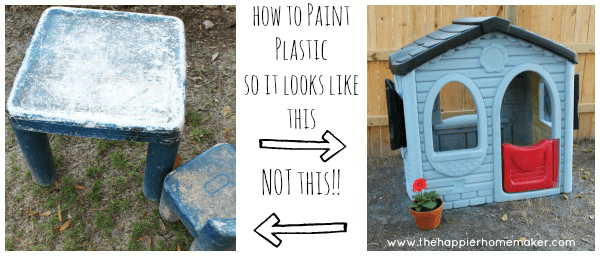
How to Paint Plastic
(affiliate links below)
Choose the Right Paint
Paint choice is essential when painting plastic. If you use regular paint you will get a result like the chair above, the paint will easy peel or scratch off almost immediately. It’s a waste of time.
Spray paint is the best option for painting plastic as brush painting tends to leave brush marks. If you do choose to brush paint be sure to choose a plastic specific primer like Rust-Oleum Specialty Plastic Primer.
For spray paints you can use plastic specific paints such as Krylon Fusion for Plastic or Rust-Oleum Specialty Paint for Plastic Spray. You can also use universal paints such as Krylon COLORmaxx Paint + Primer or Rust-Oleum Universal Spray Paint which are labeled for plastic and tend to offer more color options.
Tools
- Spray paint
- Mineral spirits
- Bucket of warm, soapy water
- Scrub brush with nylon bristles
- Rags
- Latex or nitrile gloves
- Fine-grain sandpaper or sanding sponge
TIP: Prepare Your Surface
Prep is everything when you are painting plastic. Without the proper prep work, don’t even waste your time trying. Luckily it’s not difficult to prepare plastic for painting.
Bonus Tip: If you get paint on your hands, this tutorial shows you how to quickly get spray paint off your skin.
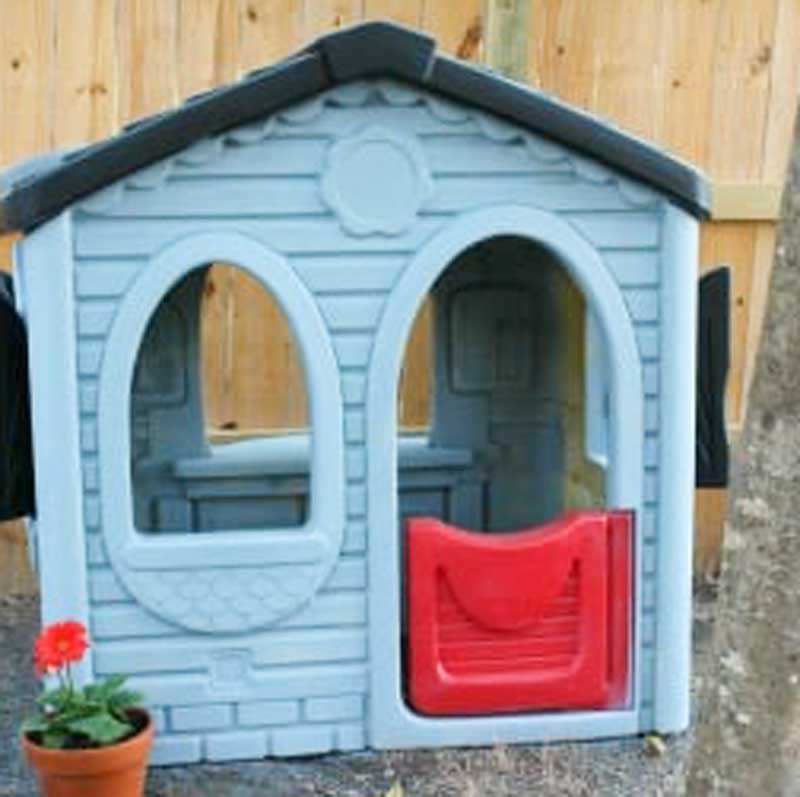
The longevity of the painted plastic will depend on the usage. High use items will wear more quickly and low use. In the plastic playhouse above the hinge side of the door did wear fairly quickly from rubbing when it opened and closed but the rest of the playhouse did not.
How to Paint Plastic
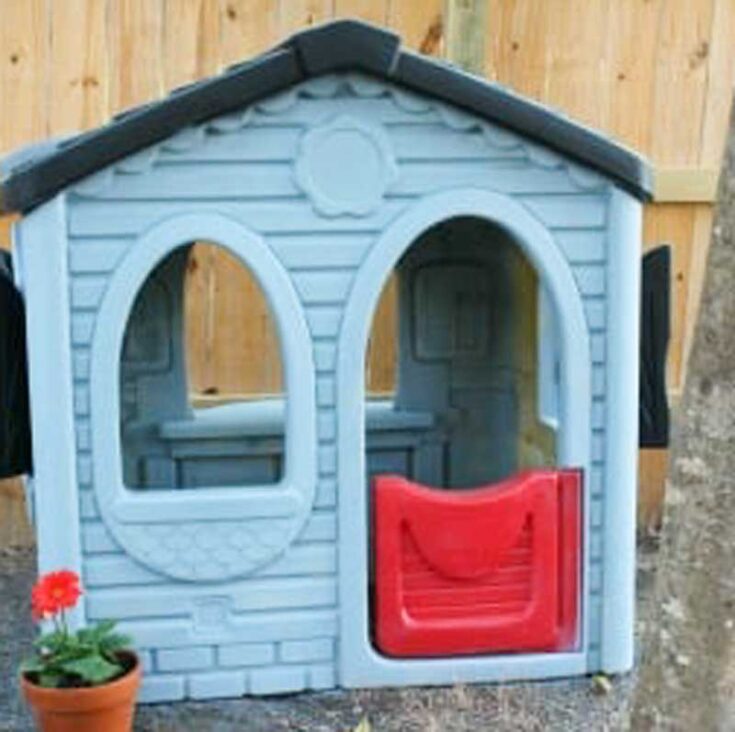
Learning how to paint plastic is a game-changer when it comes to revitalizing outdoor toys, furniture, bottles, and even car bumpers! While it can be tricky, you can get a good result painting plastic with these tips and tricks.
Materials
- Spray paint
- Mineral spirits
- Bucket of warm, soapy water
- Rags
- Latex or nitrile gloves
- Fine-grain sandpaper or sanding sponge
Tools
- Scrub brush with nylon bristles
Instructions
- Scrub the plastic down with soap and water. Use a rag or scrub brush to thoroughly clean it. For outdoor items make sure there is no dirt or mildew remaining on the item. You may need to wash more than once. After washing completely rinse with clean water to ensure no soap remains on the plastic.
- Most plastic is glossy so sanding it is necessary to help the paint adhere to the surface. Use the #180 to #100 fine sandpaper or sanding sponge to gently sand the surface. Plastic is soft so this doesn’t take much elbow grease.
- Wipe the plastic down completely with a rag wet with mineral spirits to remove the plastic dust from sanding or any other small particles that might remain on the surface. Be sure to do this in a ventilated area and follow your local guidelines for disposing of the rags, as mineral spirits are highly flammable.
- Lay the plastic flat if possible. Shake the spray paint thoroughly and do a test spray on a piece of cardboard or other scrap material.
- Hold the spray can about 10 inches above the surface at a 45 degree angle and lightly spray. Do NOT try to get full coverage in one coat or you will have drips. Patience in the key, many light layers will give you a beautiful result.
- Wait at least two hours before spraying the second coat. The paint should be totally dry to the touch, not at all tacky. If you have drips, sand them down and wipe with mineral spirits before adding the next coat. Spray as you did the first coat, lightly without trying for full coverage.
- Wait another two hours (paint completely dry to the touch) before spraying the third coat. For most paints, three coats will provide opaque coverage. Again, sand any drips and wipe down with mineral spirits before spraying.
- Allow to dry completely before adding any additional coats (if needed) or before handling.


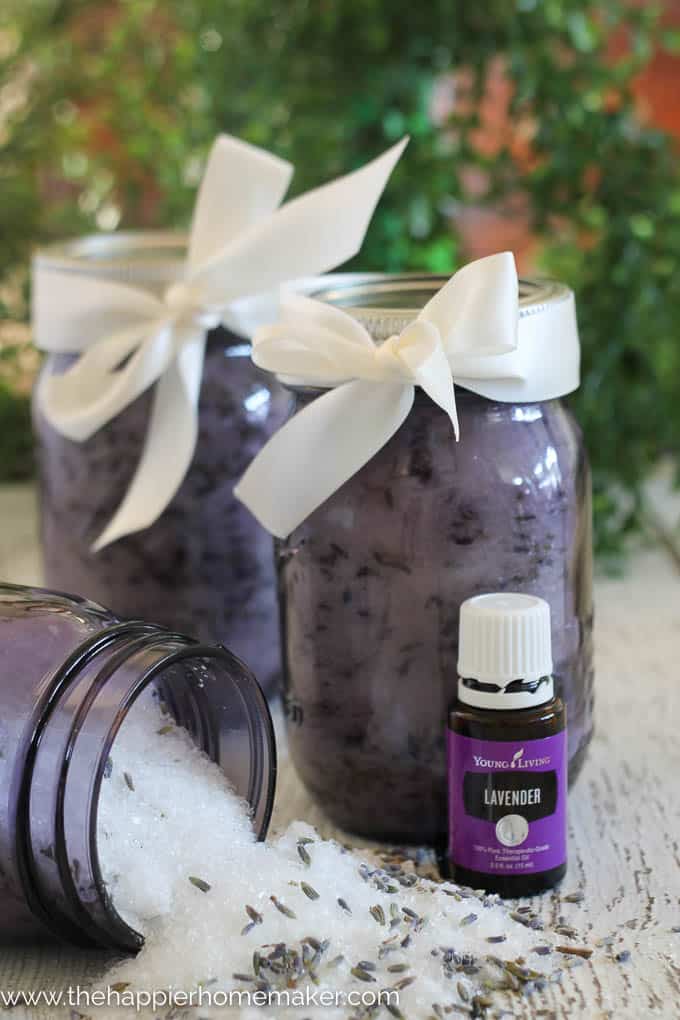


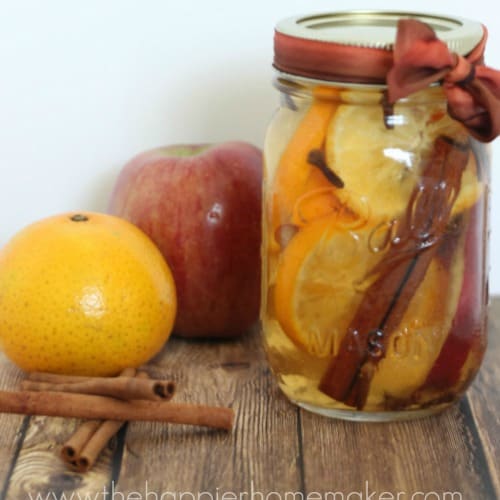
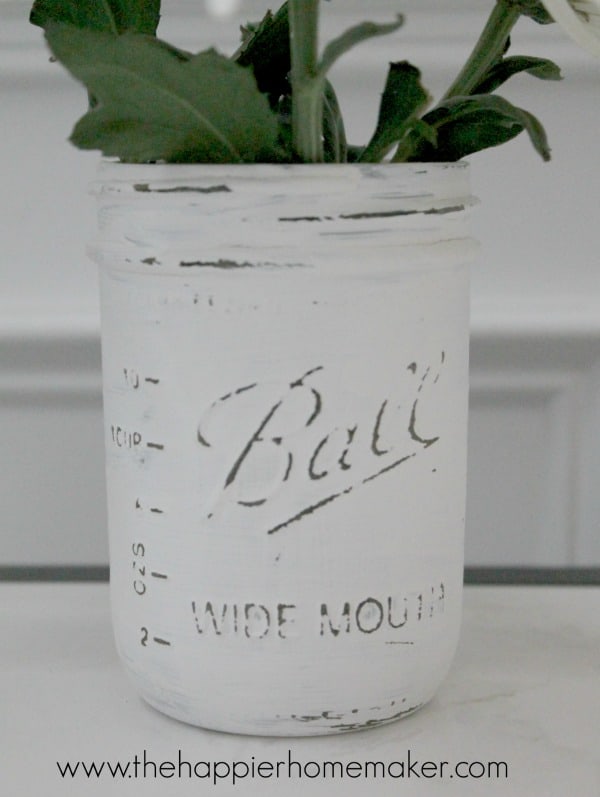
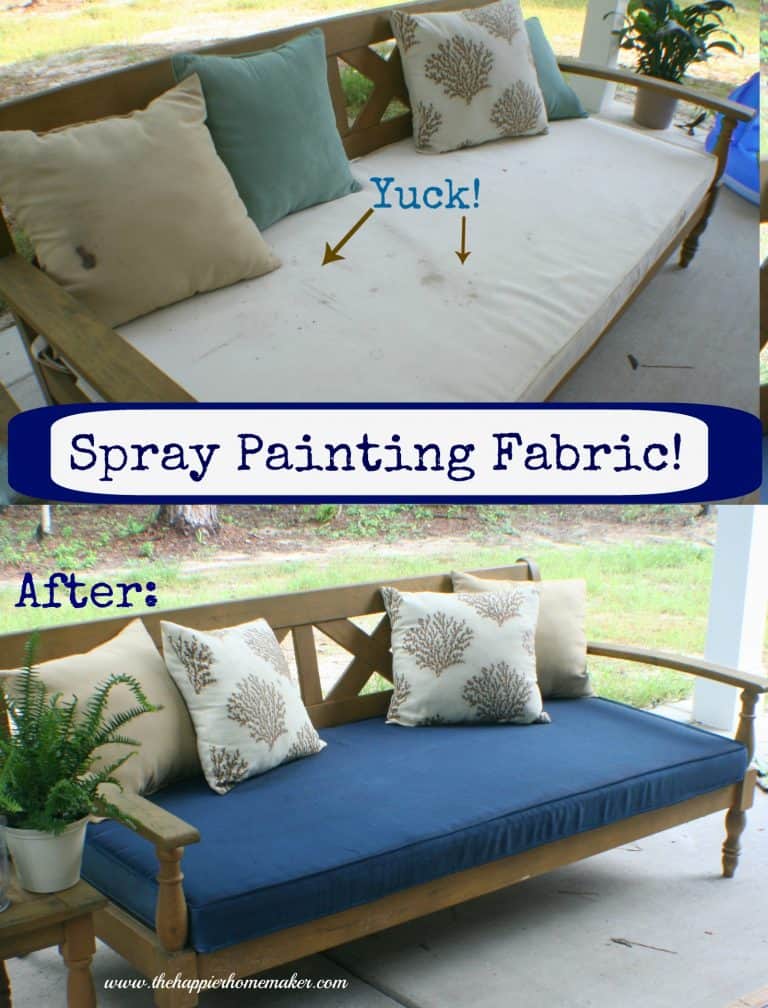
Does it need a clear coat finish/sealer?
Great tips! Thank you for sharing.